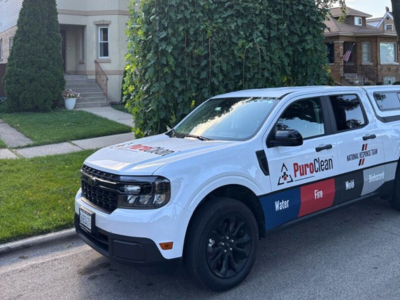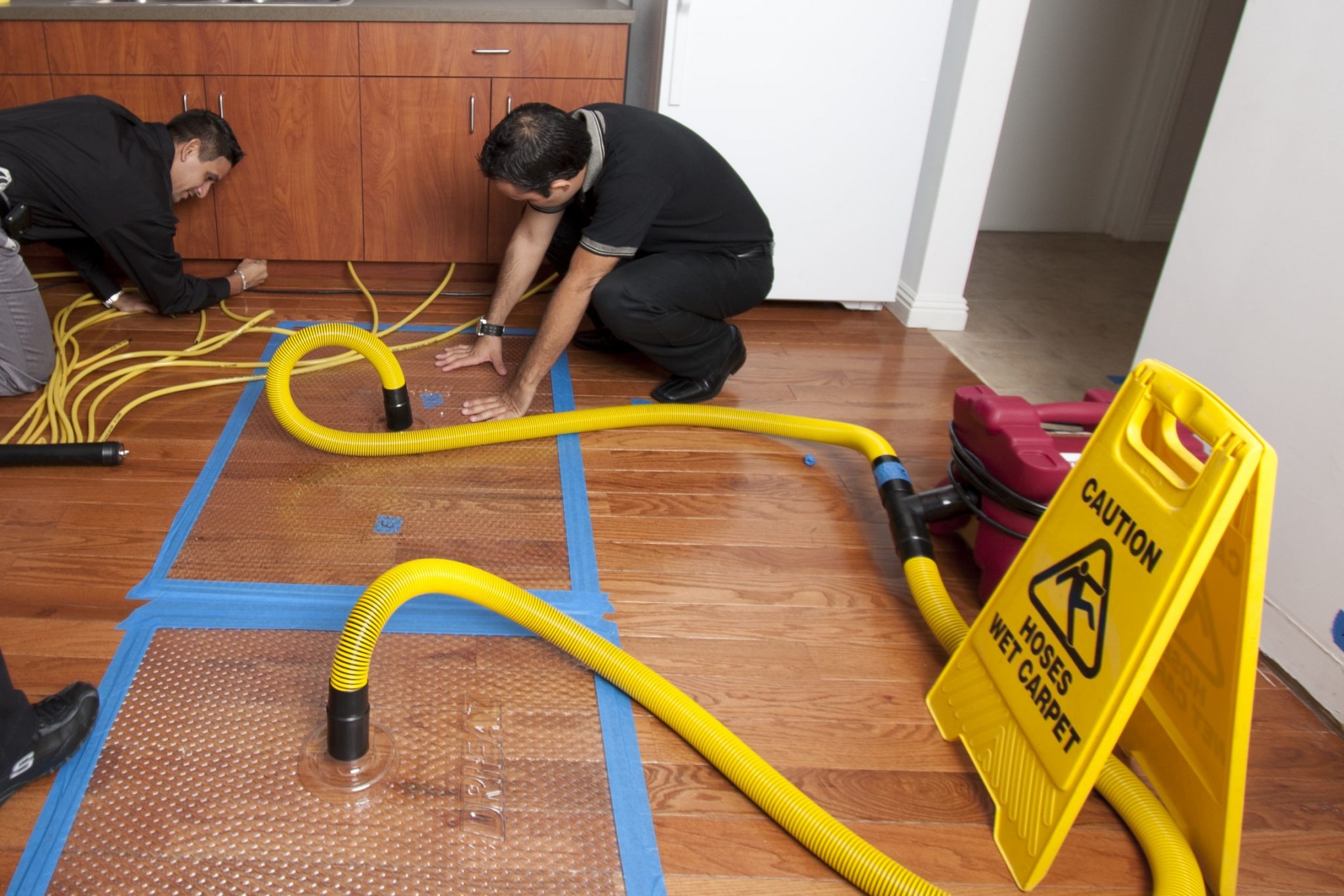Table of Contents
The Overlooked First Step: Fire Damage Evaluation
When disaster strikes and a fire tears through a home or business, the immediate concern is putting out the flames and ensuring everyone’s safety. But once the fire is extinguished, what happens next is just as crucial—and often overlooked. One of the most important early steps in the recovery journey is a professional fire damage evaluation.
At PuroClean of Northeast Dallas, we believe fire damage evaluation isn’t just a box to check—it’s a powerful tool that lays the foundation for safe restoration, accurate insurance claims, and peace of mind. This blog explains what a fire damage evaluation involves, why it matters, and how our team ensures it’s done thoroughly and thoughtfully.
What Is a Fire Damage Evaluation?
A fire damage evaluation is a systematic assessment of the structural, electrical, environmental, and cosmetic impact of a fire. It identifies:
- Structural weaknesses
- Hidden smoke or soot damage
- Water damage from fire suppression
- Health hazards like poor air quality or asbestos
- Salvageable vs. non-salvageable materials
Think of it as the blueprint for all future cleanup and repair. Without it, restoration becomes guesswork—putting time, money, and safety at risk.
Why It’s More Than Just Visual Inspection
While some damage may be obvious—like charred wood or broken windows—other risks lie beneath the surface:
- Smoke and Soot Penetration
Smoke particles can infiltrate HVAC systems, drywall, insulation, and electrical sockets. A deep evaluation ensures these hazards aren’t left behind. - Structural Compromise
Fire can weaken beams, joists, and load-bearing walls. Our team uses tools like moisture meters, infrared cameras, and thermal imaging to identify heat damage and instability. - Water Damage and Mold Risk
Water used to fight the fire may have seeped into crawl spaces, ceilings, or behind walls. If undetected, it can lead to long-term mold issues. - Air Quality Testing
Evaluations often include air sampling to detect volatile organic compounds (VOCs), ash, or lingering odors—especially in homes with children or those who are immunocompromised.
How Fire Damage Evaluations Help with Insurance
Accurate documentation is a cornerstone of successful insurance claims. A detailed fire damage evaluation provides:
- Clear photos and thermal imaging of affected areas
- Inventory of lost or salvageable items
- Timeline estimates for restoration
- Scope of work based on actual needs, not assumptions
Insurers are far more likely to approve timely, accurate claims when a professional evaluation supports them.
Fire Damage Evaluation Process: What to Expect
At PuroClean of Northeast Dallas, here’s what our evaluation process typically includes:
1. Initial Walkthrough
We begin with a safety-focused inspection, noting visible damage and hazards like exposed wires or compromised floors.
2. Moisture Mapping
Using industry tools, we identify areas affected by water used during firefighting to prevent mold growth and secondary damage.
3. Structural and Material Assessment
Our team checks walls, ceilings, beams, and floors for warping, cracks, and soft spots. We also evaluate drywall, cabinetry, and appliances for heat or smoke damage.
4. Odor and Air Quality Evaluation
We test for lingering odors and particles using HEPA filtration systems and VOC sensors. This helps guide deodorization and filtration efforts.
5. Comprehensive Report
You’ll receive a detailed report including:
- Photo documentation
- Thermal images
- Moisture levels
- Health and safety hazards
- Recommended next steps
This report becomes your roadmap for safe and efficient restoration.
Visit our fire and smoke restoration page to learn more about our services.
Common Misconceptions About Fire Damage Evaluation
Many homeowners and business owners misunderstand or underestimate the importance of fire damage evaluation. Let’s clear up some common myths:
“I don’t need an evaluation if I have insurance.”
False. Insurance companies rely on evaluations to determine payouts. Without it, you may not receive the full compensation needed for repairs.
“If it looks clean, it’s safe.”
Not true. Smoke, ash, and toxins can remain hidden behind walls, in air ducts, or within insulation—even if surfaces look untouched.
“Restoration can start right away.”
Professional evaluation must come first to avoid wasting time or effort on areas that might need demolition or replacement.
How PuroClean of Northeast Dallas Stands Out
With years of experience in fire damage restoration, our technicians are IICRC-certified and trained in the latest fire evaluation protocols. Here’s why customers trust us:
- Advanced Tools: We use thermal imaging, air quality monitors, and moisture detectors to see what others miss.
- Fast Response: Our team is available 24/7 to start the evaluation as soon as it’s safe.
- End-to-End Service: From evaluation through reconstruction, we’re your single point of contact.
- Transparent Communication: You’ll always know what we’re doing and why—with documentation at every step.
Fire Damage Can Linger—So Should Your Evaluation Be Thorough
Fire doesn’t stop causing problems after the last flame is extinguished. Hidden soot, trapped moisture, and invisible structural threats can evolve into serious long-term issues if they aren’t caught early.
That’s why PuroClean of Northeast Dallas urges property owners to prioritize fire damage evaluation as the first step in their recovery. It’s the only way to create a clear, accurate plan—saving time, money, and stress later on. Call us today at (214) 446-5458.

Check out our work and read local reviews:
Google Business Profile – PuroClean of Northeast Dallas




 PuroClean of Northeast Dallas
PuroClean of Northeast Dallas